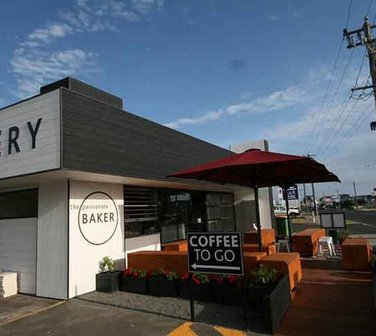Camel dairy proposed for WA
Australian first
A company backed by WA’s former agriculture minister Kim Chance wants to build Australia’s first commercial camel dairy 160km north of Perth.
Camilk Australia Pty Ltd intends to produce more than 1000 litres of camel milk a day from a farm in Yathroo for the Australian health food market.
If successful it would be Australia’s first commercial camel dairy, with up to 450 camels kept on 793ha.
Proponents claim camel milk, which sells for $20-$25 a litre, is akin to human breast milk for its nutritional benefits.
Calamunnda Camel Farm in WA and another farm in Queensland produce camel milk on a small scale, but because it is unpasteurised it cannot be legally sold for human consumption.
Camilk chairman and shareholder Mr Chance said the group was in talks with a foreign investor to fund the plan. He declined to name the investor or say how much was being raised.
Mr Chance said if the money was raised the operation could be up and running within two months.
“It’s never been done before, ” he said. “This is the first commercial operation in Australia. There are one or two backyard operations, but they’re usually milking three or four camels.
“This will be the first one that aims to fill a commercial market. Our belief is that the demand is very significant indeed but again that’s something we’ll find out.
“Our production will step up gradually so we don’t get embarrassed by oversupply.”
Camilk received planning approval from the Shire of Dandaragan last month and has Health Department approval to pasteurise the milk on-site.
The camels will be selected from the State’s feral camel population and fenced off on the farm.
The milk, along with an unpasteurised version, will be sold to health food customers in WA, Melbourne and Sydney.
Mr Chance said the group’s financial projections were based on a yield of five litres a camel a day. That would equate to 1125 litres a day or 410,625 litres a year.
Camilk hopes to increase the average yield to 10 litres a day.
Mr Chance said he believed there was scope to expand and the market would support production of about 3000 litres a day “but that was some years away yet”.
Because camels calve every second year, 450 camels would equate to 225 producing at any given time.
CAMEL MILK
Who drinks it?
Camel milk has been drunk for centuries by the nomadic Bedouin and is sold by Bedouin traders. Outside the Middle East, Africa and parts of Asia it is largely sold through health food shops. Camel milk farms exist in Europe and the US.
How much does it cost?
Global prices vary but in Australia fresh camel milk costs $20-$25 a litre. Amazon.com charges $US145 for six pints of fresh milk or $US120 for 420g of powdered.
What are the perceived health benefits?
It has high levels of B vitamins, vitamin C and iron. Like other milk types it also contains calcium and protein. Proponents claim it can help treat everything from diabetes and autism to liver disease, acne, asthma and arthritis.
What does it taste like?
Taste varies depending on the diet of the camel but it is said to taste saltier than cow’s milk.
© The West Australian
More Lifestyle and food news: thewest.com/lifestyle/food









